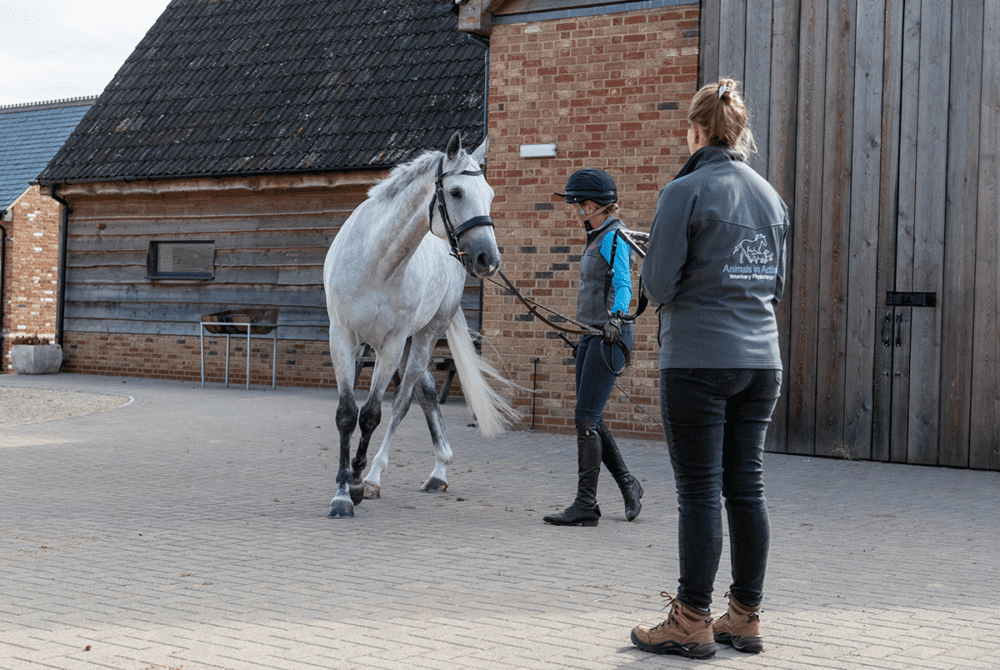Limber up
Posted 16th February 2023
Ever wondered what to expect from and how to prepare for your horse’s physio sessions? Veterinary physiotherapist Harriett Wareham sheds some light on the process

One of the best ways to keep a ridden horse’s body in good working order is with routine physiotherapy. Why’s that? Because our horses are athletes and being seen by a vet physio on a regular basis allows you to keep your horse’s muscles relaxed and working as they should. It’s worth considering that some of the things we ask our horses to do go against the way his body might operate in the wild. So, what exactly is it that a vet physio will do during an appointment? Let’s take a look at the steps involved.
Feel the benefits
Regular physiotherapy is vital for all horses. Whether it’s for post-injury or surgery rehab, physio is great for improving recovery after competitions, boosting general wellbeing, or providing support for an older horse. Physio benefits include…
- helping recovery
- managing pain and keeping him comfortable
- helping with injury prevention
- supporting return to previous levels of work
- reaching goals, competitive or otherwise
Set the scene
It’s really hard to treat a horse who is anxious or wanting to be somewhere else, so this is where the collaboration with your vet physio begins. Your task is to book an appointment for a time suitable for your horse. For example, it’s not ideal for your horse’s best friend to suddenly leave the yard midway through a session, or for it to overlap with feeding time. Meanwhile, your vet physio will introduce themselves and their work gradually and keep within your horse’s comfort zone.
TOP TIP
If you regularly compete your horse, try to allow at least 5–7 days’ clearance between an appointment and your next competition.
Your visit: a step-by-step guide
- Before your vet physio arrives, ensure you have access to a suitable, level tie-up area that’s clean and mud-free (concrete, or rubber-matting lined), and that there’s shelter or a stable available if it’s raining. There should be a suitable trot-up area, too.
- Groom your horse ahead of his appointment and pick out his feet.
- When the vet physio arrives, they’ll need signed consent forms from you and, potentially, your vet if your horse is under veterinary treatment for any lameness or performance issues at the time.
- The vet physio will speak to you to find out more about your horse. This might include his age, any previous injuries and concerns, turnout routine, what feed he’s on, current workload and competition schedule and how you think he’s looking and feeling. That’s why it’s so important that you’re there at the first physio appointment, rather than your yard manager, a friend, or your non-horsey partner.
Discover the next steps involved in your horse’s physio session in Spring Horse&Rider – on sale now!











